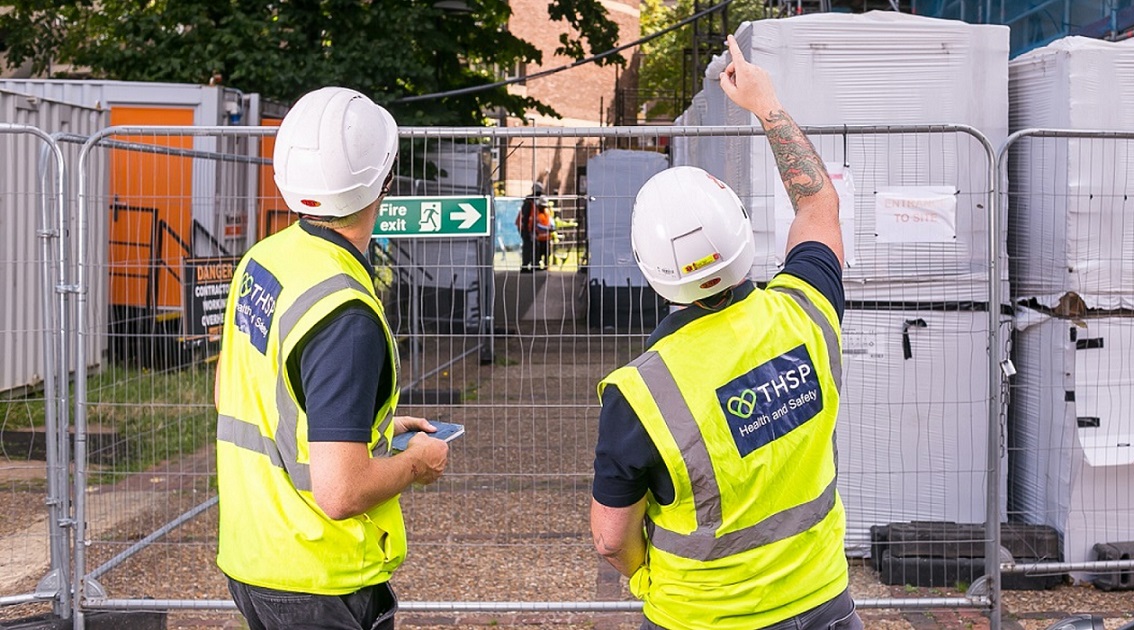
In the UK, when it comes to working at height, including situations where there’s a risk of falling, employers must follow a hierarchy of control measures as outlined in the Work at Height Regulations 2005.
This hierarchy prioritises measures that either eliminate the risk of a fall altogether or mitigate the consequences of a fall. ‘Prevention – Restraint Systems’ and ‘Collective – Fall Arrest’ devices are two types of control measures used to address these risks, but they serve different purposes within the hierarchy.
In this article, we delve into these two types of measures in more detail, before considering the need for training, supervision, inspection and maintenance within these matters.
Prevention – Restraint Systems
- Restraint systems are designed to prevent a person from reaching a point where a fall could occur. They physically restrict the movement of the worker to keep them away from edges, openings, or other hazards.
- Examples of restraint systems include safety harnesses worn by workers, lanyards, and anchor points. These systems are used to prevent workers from reaching areas where they could fall from height.
- Restraint systems are considered a proactive measure as they prevent falls by stopping workers from getting into a position where they could fall.
- It is important that work is planned and the anchorage and lanyard lengths and roof profiles are managed to prevent operatives being exposed to the risk of falling. There must be strict management arrangements in place.
Collective – Fall Arrest
- Fall Arrest devices, on the other hand, are designed to arrest a fall should it occur. These devices are typically used when it’s not reasonably practicable to eliminate the risk of a fall through other means, such as using guardrails or implementing work positioning systems.
- Personal fall arrest systems typically consist of a full-body harness, a lanyard or lifeline, and an anchor point. If a worker falls while using the device it activates to arrest the fall, limiting the distance the worker falls and reducing the impact forces on their body.
- Fall protection devices are considered a collective control measure as they come into play after a fall has occurred to mitigate the consequences of the fall.
- Suitable rescue arrangements must be in place.
Training and Supervision
- Workers who use restraint and fall arrest systems must receive adequate training and instruction in their proper use.
- Supervision is essential to ensure that workers use the systems correctly and safely.
Inspection and Maintenance
- Systems must be inspected regularly by competent persons to ensure that they remain in good working condition.
- Any defects or damage should be repaired promptly, and equipment that fails inspection should be taken out of service until it can be repaired or replaced.
In summary, restraint systems are used to prevent falls by stopping workers from reaching hazardous areas, while fall arrest systems are used to arrest falls and reduce the severity of injuries if a fall occurs despite preventive measures.
Both types of control measures play important roles in managing the risks associated with working at height, and the selection of appropriate measures should be based on a thorough risk assessment and consideration of the hierarchy of controls outlined in the regulations.
Common Failings
Poorly planned work at height contributes to many workplace injuries, which includes the risk of falling from low height and someone getting injured, to the more obvious risk of falling from a greater height.
Failings could be due to management not considering the setting up of the system in the first place, or transit of the worker to and from the system. As well as this, incorrect anchorage points, mixing systems (i.e. using fall restraint lanyards when working off a restraint system) are all common examples.
Furthermore, workers not adjusting the lanyard lengths to prevent falls and no rescue plan in place, or rescue equipment not being available when using fall arrest, are particular signs of incompetency surrounding the management of risks from working at height.
Conclusion
In summary, restraint systems are used to prevent falls by stopping workers from reaching hazardous areas, while fall arrest systems are used to arrest falls and reduce the severity of injuries if a fall occurs despite preventive measures.
Both types of control measures play important roles in managing the risks associated with working at height, and the selection of appropriate measures should be based on a thorough risk assessment and consideration of the hierarchy of controls outlined in the regulations.
Training and supervision of working at height systems is a necessity, and regular inspection of these ensures the continued safety of workers. Those responsible for working at height maintenance need to be readily aware of common failings so that they do not become a future safety risk.
An important aspect of safe working is the consideration of the risks associated with working at height and putting in place sensible and proportionate measures to manage them.
If you are looking for pragmatic and sensible advice regarding working at height, book a site visit with THSP where we will assess your needs and provide the right support.
